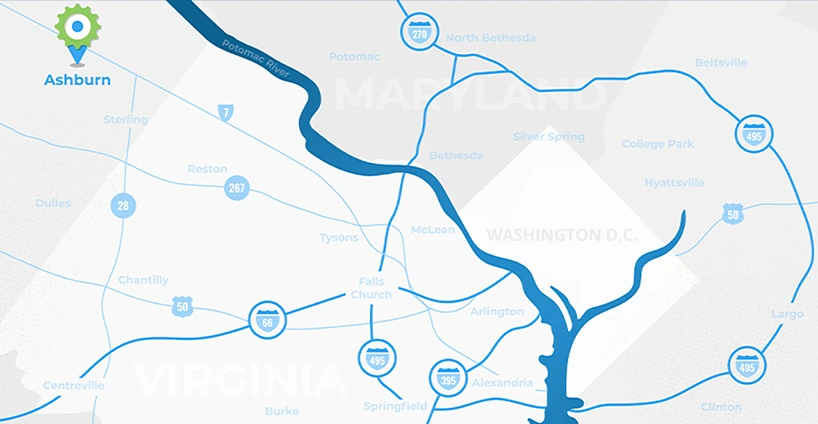Planning & Designing a Custom Website with User Experience (UX) in Mind
Custom designed and built web sites differ from commodity products such as DIY (Do-It-Yourself) web sites and pre-built website templates in that the website process starts with a full discovery process and transcends in to strategy, conversion planning, and goal setting. This is followed by the actual design of each relevant page, module, and visual element, pixel by pixel to create the desired user experience - one that will tell your story and build your brand’s trust and credibility.
The Process of Building a Custom Website
Ready to create a unique user experience through our proven custom web design process? Since 1996, we have been building custom websites for businesses of all types and sizes.
Here is a quick breakdown:
It’s a lot of work, but well worth the investment…as your website is probably the biggest brand asset for your company. You need to budget a minimum of 80-100 hours for a custom website. Smaller budgets should start with a pre-coded website template, or optimize your current live site.
Responsive Web Design
Responsive web design allows you site to adjust versions for iPads, tablets, and mobile devices. There will be one site that intelligently knows to display different visual information based on "break points" and the type of device accessing the site. Responsive web design is essential today, but they do take a lot of time and add additional costs. Responsive sites are essentially multiple versions your site using the same CSS, CMS, tables and databases. We have to account for all the possible graphic changes that will occur with various devices and screen sizes. Responsive web sites can be designed inside of CMSs like Drupal and WordPress or using a framework like Twitter's Bootstrap, or ever as pure HTML5.
The Most Common Pages (Called “Styles”) of a Custom Built Website
- Home page – the most important and elaborate
- Interior page – standard
- Interior page – custom
- Blog pages – usually 2-3
- Landing page
- Team page
- Response form
- Thank you page
- Category page
- Co-brand or product page
- Portfolio page
- Calendar/event page
- E-commerce page (usually 7 or more pages min)
- Custom application/GUI page
- Login or portal page
This covers what 95% of most sites will need, however there are always needs for additional styles and ideas, depending on your business. The more styles you need and the more custom pages, the longer your project will take. But the results will be awesome, and the site will be able to evolve with your business without limitation.
Custom Website Design & Content Management Systems (CMS)
Drupal is one of the most powerful open-source CMS systems in the world. Drupal IT is well supported worldwide and can be very easy to use when set up properly. Drupal even has built-in blog technologies that rival WordPress. Although more expensive to code, Drupal lets you customize your site without any limitations. We recommend Drupal to most B2Bs, agencies, and non-profit organizations.
WordPress started out as a blog platform but has quickly grown into one of the most popular CMS systems. WordPress is easy to use and is full of plug-ins and add-ons that allow you to customize your site and add functionality to suit your business, such as easy e-commerce, accounting, social networking, and more. We like WordPress best for retail and small businesses.





